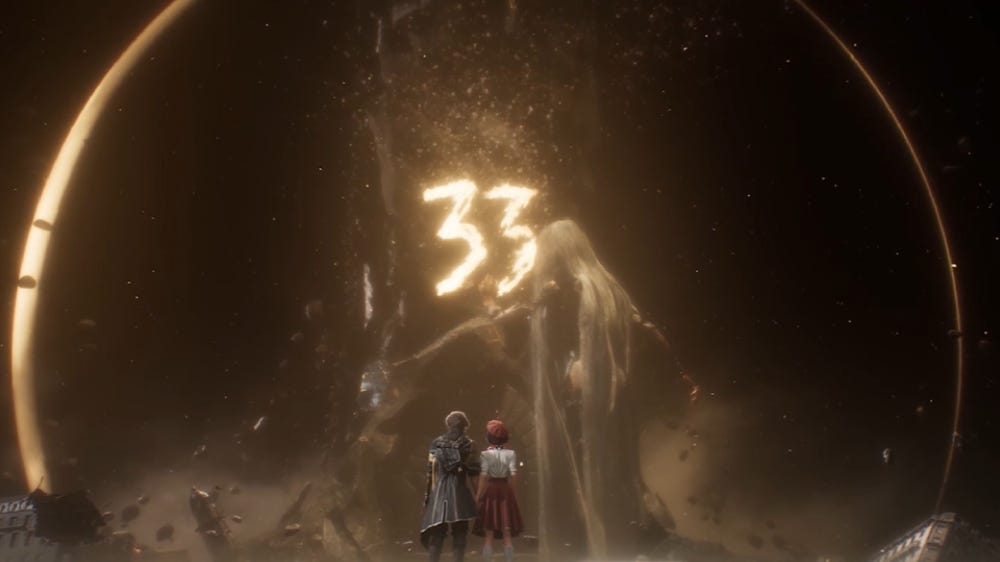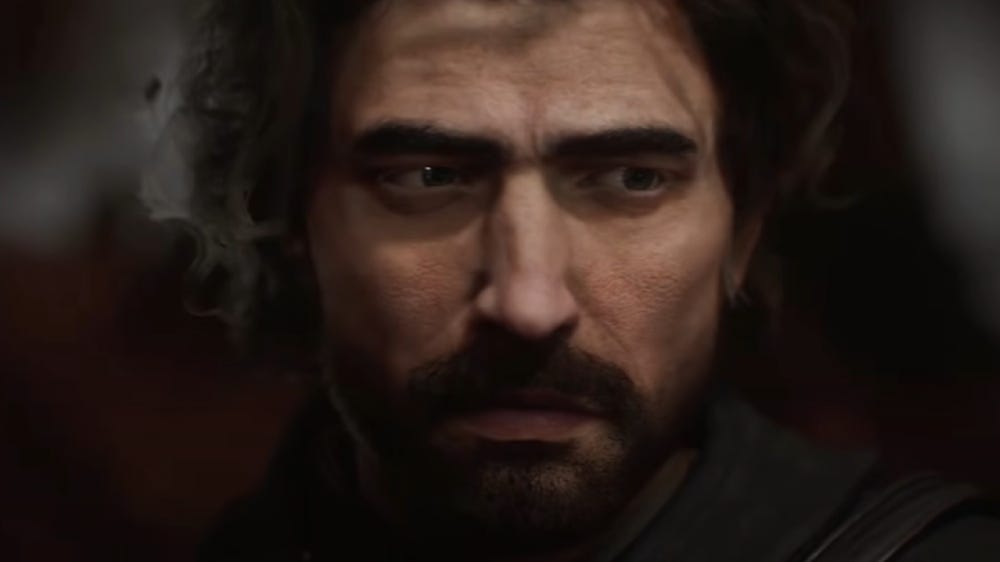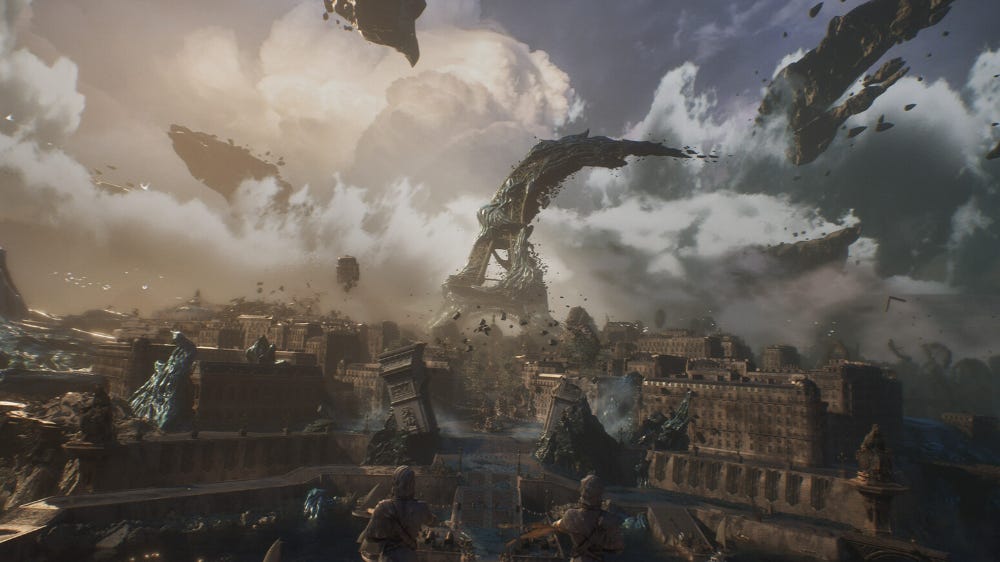3 Narrative Design Lessons from Clair Obscur’s Prologue
33 Minutes to Hook Players
I’ve been spending my time trying to escape the nightmares happening in the world by diving into Clair Obscur: Expedition 33. Unless you’ve been living under a rock, you’ve probably heard of it: It’s the debut title from Sandfall Interactive, a studio founded by former Ubisoft developers.
The game quickly caught attention thanks to its innovative JRPG-style combat, as well as its compelling story and soundtrack. I’m not usually a fan of turn-based JRPG combat, so I wasn’t initially interested. But after seeing the praise it was receiving, my curiosity got the better of me, and I decided to give it a try.
There’s a lot to say about this game, but in this issue, I want to focus on the prologue. Because in just 20–30 minutes, the game manages to draw you in, spark your curiosity for what’s to come, and help you form an emotional connection with the characters. How? Let’s dive in!
SPOILER WARNING
The prologue covers roughly the first half hour of the game. So while nothing I’m about to discuss is a major spoiler, if you haven’t played it yet and plan to, now’s a good time to stop reading and experience it for yourself. (But don’t forget to like this post first!)
1. Active Worldbuilding
The world as we know it has shattered. Reality is twisted, and only a small remnant of humanity remains. Every year, a giant being known as the Paintress performs a countdown ritual, and anyone whose age matches the announced number dies on that day. This event is called the Gommage.
But the game doesn’t explain this in a clumsy info dump, like I just did; it makes you experience it.
In his video, Videogames Have Terrible Worldbuilding, Adam Millard calls this Active Worldbuilding. Instead of telling us about the world, the game lets us discover it on our own. It invites us to play an active role in understanding its rules and mysteries about the setting.
2. Hit the Player Hard and Fast
According to Adam, the best way to make players care about a game world is to hit them with a powerful, emotional scene early on. So that they’re instantly pulled in and curious to see more.
Clair Obscur opens shortly before the Gommage. We start as Gustave, heading to visit our ex-girlfriend, Sophie. Even though we as players don’t know much about their past, the meaningful glances and dialogue between the two give us glimpses of their emotions and tough decisions they had to make.
Together, we walk through the city, talk to people, and head to the harbor, where we get a clear view of the Paintress. We hold hands. The Paintress erases the number 34 from its towering column and replaces it with 33. Then, slowly, the people around us begin to die. Including Sophie.
Combined with Lorien Testard’s emotional score, the game opens with a gut-punch that pulls you in immediately.
3. Spinach in the Smoothie
Kids hate spinach. But they love smoothies. So what if we sneak some spinach into the smoothie?
Brandon Sanderson uses this as a metaphor for good exposition. Instead of dumping all of our carefully crafted lore onto the player, we should blend it into fun mechanics and compelling characters so players absorb it effortlessly.
Clair Obscur nails this. It teaches you the basics of its fun combat while introducing important characters like Gustave, Maelle, and Sophie. This makes it easy for us to get comfortable with the world without feeling overwhelmed.
Final Words
The prologue isn’t the only thing Clair Obscur does well. Act 1, where you start exploring the world and come across more mysteries, is also quite strong. Acts 2 and 3 didn’t quite meet my expectations, to be honest. Still, the game never stopped being intriguing or fun to play.
To sum up:
Active Worldbuilding: Let the player uncover the world through experience.
Hit the Player Hard and Fast: Open with a strong hook.
Spinach in the Smoothie: Hide your lore inside the fun.
You Might Also Like
Me
I’ve been spending my time job hunting and working on my side project. Herald of the Mists has taken a backseat for now. Before I return to it, I want to see if this small side project can actually go somewhere.
Playing: I’ve started playing The Alters, which I’ve had my eye on for a while. Like Clair, it kicks off with a really strong prologue, and I’m loving the atmosphere so far. It feels like a new GotY contender is releasing every other week this year…
Reading: I read Level Up! The Guide to Great Video Game Design by Scott Rogers. It had some valuable lessons (maybe I’ll write an article about them), but overall it felt either too broad or too specific. Still, definitely worth reading.
Listening:
Thanks for reading!
And that’s it from today’s issue of GameDev’s Journey. I hope you enjoyed it and found it useful. If you did, please like and leave a comment. Reach out for suggestions, objections, questions, or just say hi.
But regardless, thank you so much for reading, and have a great game dev journey!





